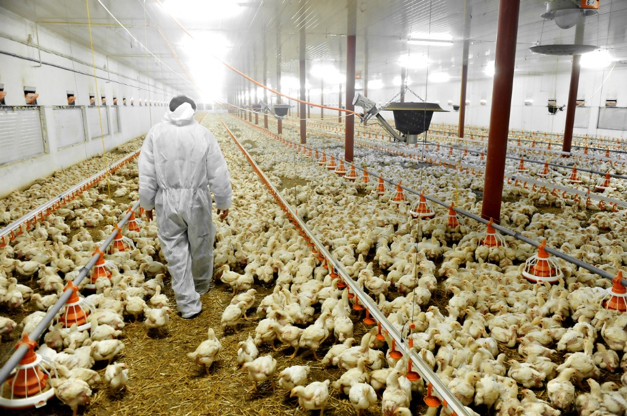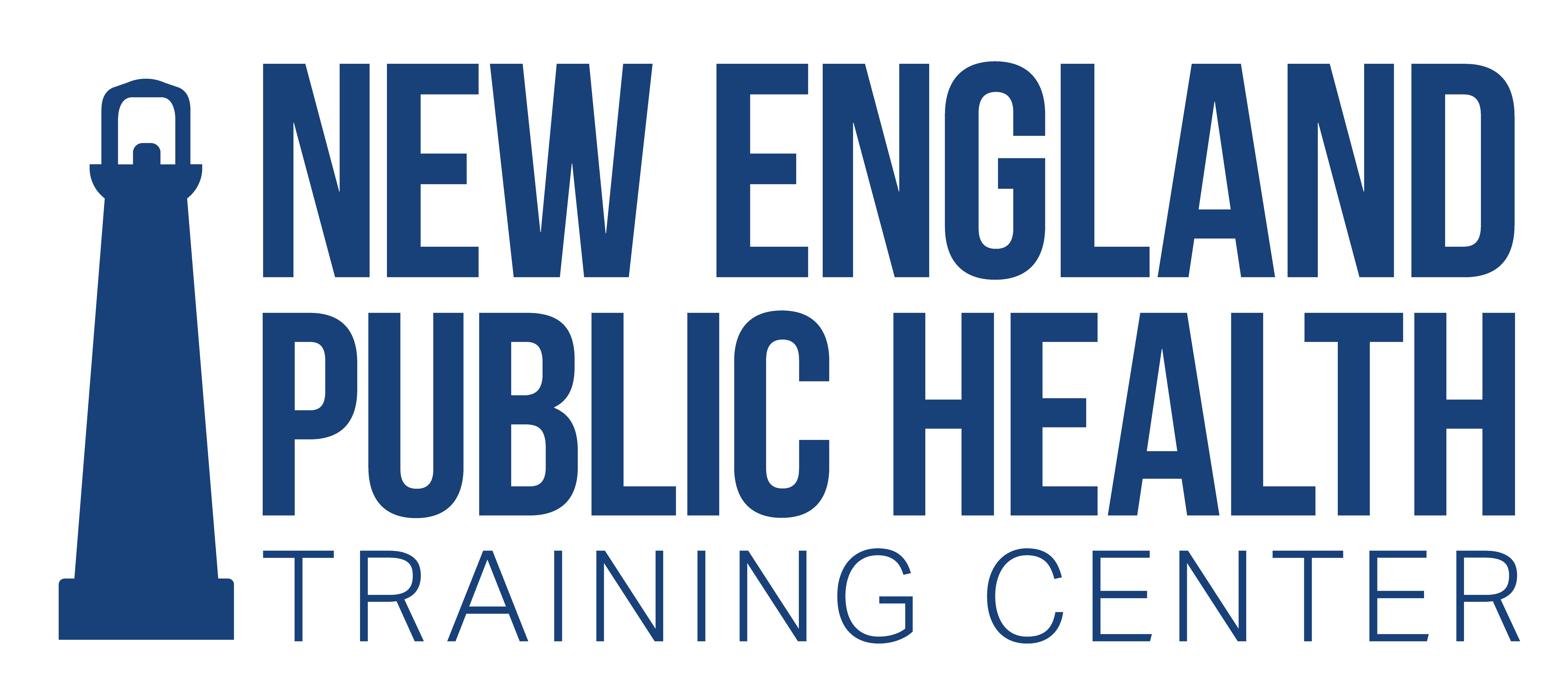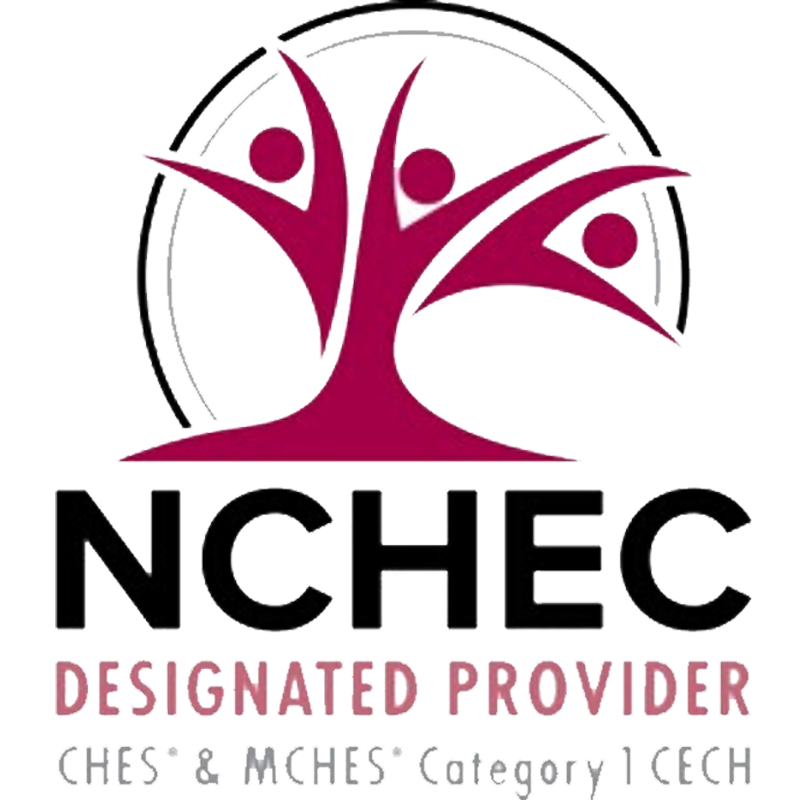
An Introduction to Zoonoses and Vectorborne Diseases and their Drivers
Why are zoonoses and vectorborne diseases increasing?


Course Information
- Audience: Public health professionals, veterinarians, human health clinicians, environmental scientists, students, and others interested in zoonotic and vectorborne diseases
- Format: Recorded screencasts, available on demand
- Price: Free
- Length: 4 screencasts, 30 minutes each (2 hours total)
- Credential(s) eligible for contact hours:
Sponsored by New England Public Health Training Center (NEPHTC), a designated provider of continuing education contact hours (CECH) in health education by the National Commission for Health Education Credentialing, Inc. This program is designated for Certified Health Education Specialists (CHES) and/or Master Certified Health Education Specialists (MCHES) to receive up to 1 total Category I continuing education contact hour. Maximum advanced-level continuing education contact hour is 1. Provider ID: 1131137 Event ID: SS1131137_12152020 .
If you are not seeking a CHES/MCHES contact hours, if you complete the post-test and evaluation, you will receive a Certificate of Completion. The Certificate will include the length of the course. - Competencies: Public Health Sciences Skills
- Learning Level: Awareness
- Companion trainings: An Introduction to One Health
- Pre-requisites: None
- Technical Requirements: This training was created with Articulate Storyline. Please refer to the Articulate 360 System Specifications to ensure your system meets the minimum requirements for viewing.
About this course
In the first of four screencasts the public health practitioner is introduced to zoonoses and vectorborne diseases and how they differ from other infectious diseases. In subsequent screencasts, the factors (drivers) that influence zoonoses and vectorborne disease are explained, including human systems, human-animal-environment interaction, and environmental change. Multiple disease-specific examples are provided, including COVID-19.
Zoonotic diseases are those that can be passed between humans and other vertebrate animals and vectorborne disease are those that are transmitted by an arthropod vector like a flea or tick. Because non-human animals serve as a disease reservoir or vector, disease prevention and control strategies differ from other infectious diseases. More than half, an estimated 60%, of all the kinds of infections that people can get are zoonotic and 75% of emerging infectious diseases, including COVID-19, are zoonotic. There are many human-driven factors that influence zoonotic disease emergence and re-emergence. These drivers include infrastructure, travel and trade, culture, agricultural intensification, interaction with domestic and wild animals, climate change, land use, and biodiversity. In this series of four screencasts, you will be introduced to zoonotic and vectorborne diseases and their drivers.
What you'll learn
After completing this course, you will be able to...
Introduction to Zoonoses and Vectorborne Diseases
- Define zoonoses, vectorborne diseases, emerging zoonotic diseases, reverse zoonoses, reservoir host, amplification, dead-end host, and spillover
- List key drivers of zoonotic and vectorborne diseases
- Describe how the following disease prevention and control tools differ for zoonotic and vectorborne diseases: education, surveillance, vector control, diagnostics, outbreak investigation, host identification, and vaccination
- Define One Health and explain why this approach is useful for addressing zoonotic and vector-borne diseases
Drivers of Zoonotic Diseases: Human Systems
- List key drivers of zoonotic and vectorborne diseases related to human systems and culture
- Provide examples of how infrastructure influences zoonotic and vectorborne diseases
- Provide examples of zoonotic and vectorborne diseases that have emerged as a result of human travel and trade
- Provide examples of how culture impacts zoonotic and vectorborne disease
Drivers of Zoonotic Diseases: Human-animal-environment Interactions
- List key drivers of zoonotic and vectorborne disease related to human-animal interactions
- Provide examples of diseases that can be spread from pets and livestock to people
- Explain how agricultural systems influence zoonotic and vectorborne diseases
- Provide examples of zoonotic and vectorborne diseases that can result from human or domestic animal interaction with wildlife
Drivers of Zoonotic Diseases: Environmental Change
- List three key environmental drivers that impact zoonotic and vectorborne disease
- Provide examples of zoonotic and vectorborne disease influenced by weather and climate
- Explain how land use and ecosystem disruption can impact zoonotic and vectorborne diseases
- Explain how biodiversity can impact zoonotic and vectorborne diseases
Subject Matter Expert
-

Lynn Zanradi Blevins
Lynn Zanradi Blevins has been practicing public health in government and academic settings for 20 years in the areas of infectious disease, environmental health, emergency preparedness, and One Health (human-animal-environmental health).
Enrollment and Contact Hours
Select the Enroll button below to register for the course. If you have any trouble accessing the course, contact support@nephtc.org.
Acknowledgement:
This project is/was supported by the Health Resources and Services Administration (HRSA) of the U.S. Department of Health and Human Services (HHS) under grant number UB6HP31685 “Regional Public Health Training Center Program.” This information or content and conclusions are those of the author and should not be construed as the official position or policy of, nor should any endorsements be inferred by HRSA, HHS or the U.S. Government.
* Yale School of Public Health, Office of Public Health Practice, a New England Public Health Training Center partner, is a designated provider of continuing education contact hours (CECH) in health education by the National Commission for Health Education Credentialing, Inc. All CHES credit inquiries are managed by YSPH

